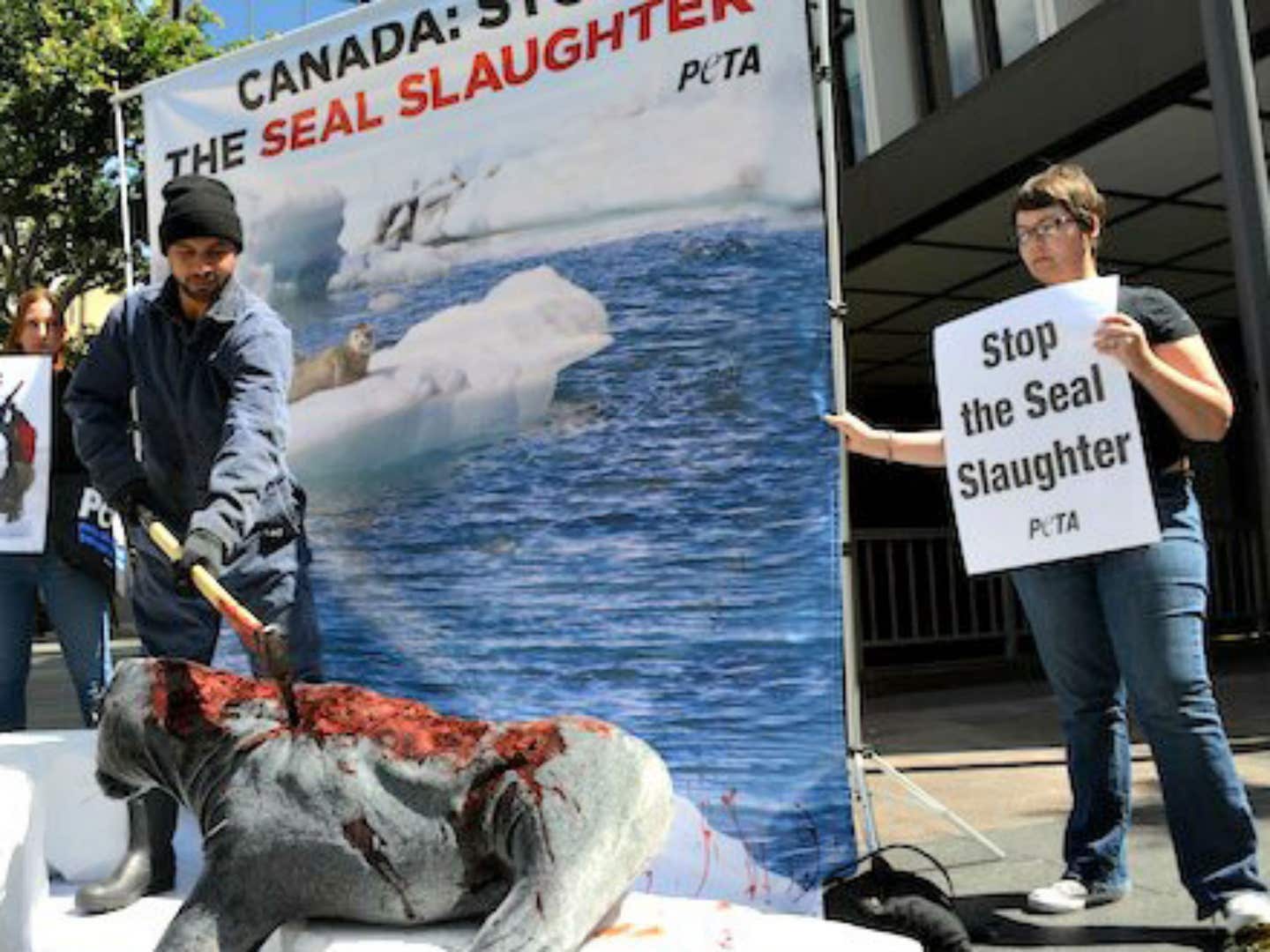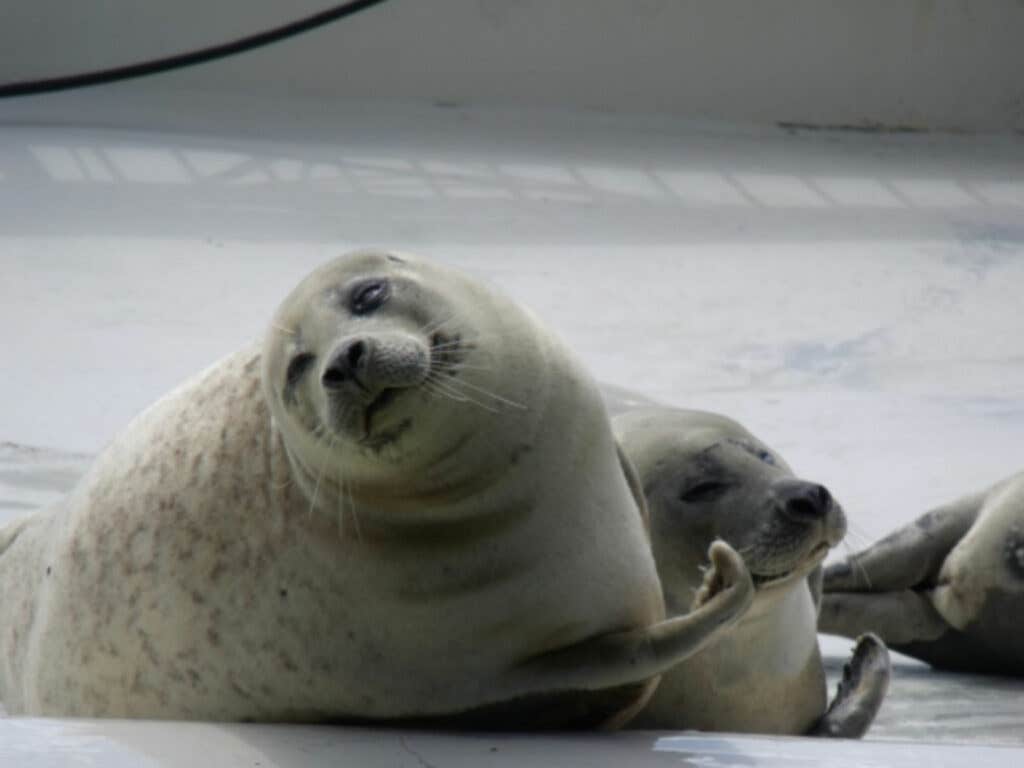
Inside Canada’s Divisive Seal Hunt
The gory annual expedition splits a nation between arguments of animal welfare and cultural preservation
Canada's annual seal hunt has long been a source of intense controversy, especially since since celebrities such as Paul McCartney and Leonardo DiCaprio took a public stand against the bloody tradition. The hunt leaves the nation divided into two groups—those who believe the hunt to be a violation of animal rights, and those who argue that seal meat and furs are essential parts of their cultures and communities.
Since groups like PETA and the Human Society of the United States started releasing anti-sealing ads and gruesome videos as a part of their campaign to end the seal hunt, thousands of animal rights activists have held rallies, taken to social media, and donated to various organizations to try to put a stop to the killing—and it's no surprise why. The anti-sealing groups regularly tout bloody photos and videos of baby seals being clubbed and shot for their meat and pelts, which are valuable commodities in the fur trade. And the hunting methods aren't pretty either. As Rebecca Aldworth, Executive Director for the Humane Society International/Canada, told the Observer, "Baby seals are routinely shot and wounded and left crawling through their own blood on the ice, crying out in agony. Many conscious, wounded baby seals are impaled on metal hooks and dragged onto the bloody decks of the boats where they are clubbed to death. Wounded seal pups also escape into the water, where they die slowly and painfully."
However, there are those who insist that sealing is an integral part of the Inuit culture, and that without it, families in remote areas of Canada would have trouble putting food on the table. In an interview with Munchies, Tanya Tagaq, a Polaris Prize-winning singer and activist from Nunavut, stressed just how important seals are to her community. In rural, frozen areas like Nunavut, nutritious food can be hard to find, and vitamins that would normally be obtained through fresh fruits and vegetables are scarce and expensive.
Nunavut is so far north that most fresh produce freezes in the air during transport, which means most residents are out of luck if they want some apples or bananas. Luckily for the people of Nunavut, there’s one readily-available and sustainable food source that contains a ton of these essential vitamins—seal meat. Usually eaten raw (in order to preserve the scurvy-staving vitamins) seal meat has been a part of Inuit culture since they first inhabited the area. Tagaq thinks that it’s ridiculous to argue for a stop to the seal hunt, just as it would be ridiculous to argue for other countries to stop hunting their local game. However, pushback from animal rights groups threatens to end the seal hunt altogether, which could spell serious trouble for families that depend on the meat for nourishment.
But that's not all. Tagaq argues that if people were to see how the animals in slaughterhouses and commercial chicken farms were killed, they might feel a little uneasy the next time they're strolling through the meat aisle at Whole Foods. And Tagaq doesn't think chickens or cattle would draw the same widespread outrage, or the charitable revenue, that seals do. As she tells Munchies, "Seals make these animal rights groups lots of money, because a rich woman in Brooklyn isn't going to send you a $500 donation if you send her a postcard with a chicken on it. You need the cute seal's face so that it generates empathy."

So far, animal rights groups haven't been able to do anything about the seal hunt—besides shed some light on it. In fact, earlier this year, Phocalux, a leading Canadian exporter, successfully lobbied the Canadian government to begin the seal hunt two weeks early, a cause of dismay among animal rights activists everywhere.
Keep Reading
Continue to Next Story










